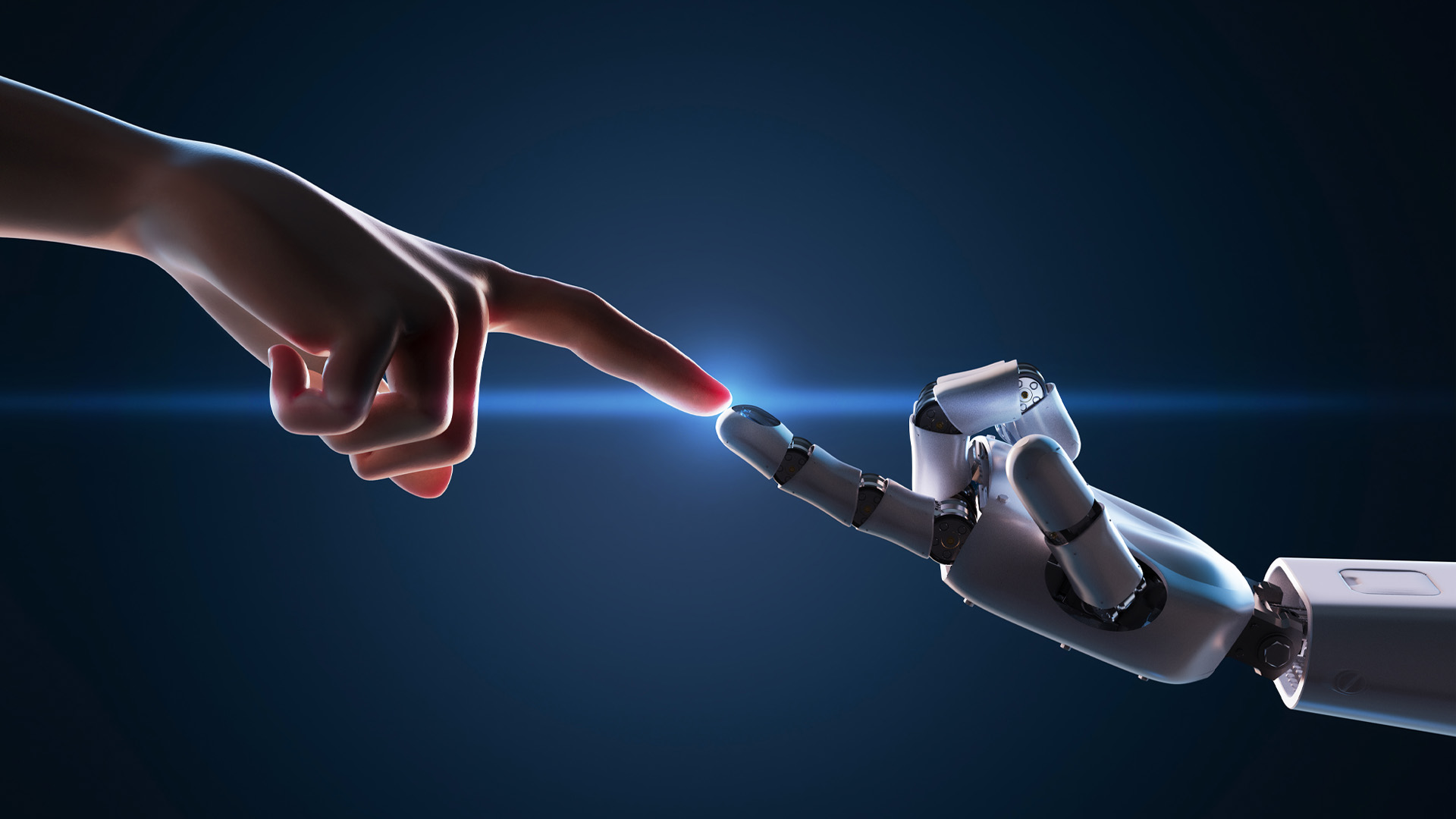

Hyperautomation refers to the integration of multiple technologies and platforms to identify, analyze, and automate business processes as quickly and efficiently as possible. This approach combines artificial intelligence (AI), machine learning (ML), robotic process automation (RPA), business process management (BPM), and other digital tools to optimize workflows.
Hyperautomation goes beyond automating simple tasks, it transforms processes to become smarter, more flexible, and highly adaptable.
1. Artificial Intelligence (AI) & Machine Learning (ML): AI and ML enable systems to analyze data, make predictions, and enhance decision-making processes. They automate tasks that once required human intervention and help quickly detect bottlenecks in workflows.
2. Robotic Process Automation (RPA): RPA automates repetitive, rule-based tasks. This frees up human resources from time-consuming duties, allowing employees to focus on more strategic and value-driven initiatives.
3. Business Process Management (BPM): BPM is used to design, optimize, and monitor business processes. It ensures that automated workflows are managed more efficiently and effectively.
4. Data Analytics & Business Intelligence: Real-time data analysis helps optimize processes quickly and accurately. By leveraging data insights, hyperautomation identifies inefficiencies and offers data-driven recommendations for improvement.
Hyperautomation is expected to become even more prevalent across industries. According to Gartner, the business process management market is projected to grow by 35–40% by 2030. This growth highlights hyperautomation’s vital role in helping companies build more efficient, sustainable, and cost-effective operations.
AI-powered technologies are making workflows faster, more accurate, and more agile. When combined with RPA and BPM solutions, they enhance competitiveness and support long-term strategic goals.
Empowered by AI technologies, E-Flow BPM enables organizations to achieve faster and more effective outcomes with less time and fewer resources. It helps businesses operate more efficiently, flexibly, and sustainably.